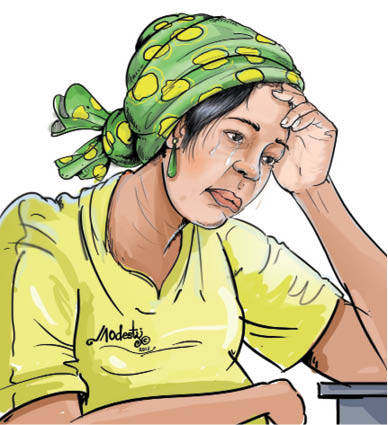How exercise can lift mood in depression –Study
The body’s endocannabinoid system (ECS), a complex cell-signaling system, may play a role on how exercise can help to treat symptoms of depression and lift mood, a new study shows. The new research helps explain why exercise improves mood. The researchers propose that a better appreciation of the relationship between exercise, mood, and the endocannabinoid […]

The body’s endocannabinoid system (ECS), a complex cell-signaling system, may play a role on how exercise can help to treat symptoms of depression and lift mood, a new study shows.
The new research helps explain why exercise improves mood. The researchers propose that a better appreciation of the relationship between exercise, mood, and the endocannabinoid system could result in better treatments for depression.
The endocannabinoid system is a cell signaling system comprising the body’s own cannabinoids, or endocannabinoids, and receptors which extends throughout the body and influences the function of the immune, cardiovascular, and nervous systems.
When a particular endocannabinoid binds to a matching cell receptor, it sends a signal into the cell that alters its behaviour and functioning.
The study investigated changes in mood and endocannabinoid levels in people with major depression who exercised at different intensities on a stationary bike.
The investigators found a significant increase in endocannabinoid levels and improvement in mood after a session of prescribed exercise of moderate intensity.
In a recent paper about the research, which features in the Medicine & Science in Sports & Exercise journal, the authors concluded that the mood-enhancing effects of exercise likely involve several biological mechanisms, of which the endocannabinoid system is just one.
When a particular endocannabinoid binds to a matching cell receptor, it sends a signal into the cell that alters its behavior and functioning.
The first study author, Jacob Meyer, an assistant professor of kinesiology at Iowa State University, in Ames said finding alternatives to medication is important for the treatment of depression, adding that if we can figure out how exercise works with the endocannabinoid system, we could then design optimal exercise interventions.
He said: “Feeling sad or lonely can be a part of the everyday ups and downs of life, especially when times are hard due to loss or stress. Depression, however, is a condition in which these and other symptoms persist.”
A 2018 World Bank study on Nigeria’s depression rate also revealed that 22 percent of Nigerians, on average, are chronically depressed.
The study looked at the first nationally representative estimates of chronic depression in Nigeria to shed light on how it may be linked to economic outcomes, such as labour market and human capital investments, especially in heavy-conflict areas or for individuals or communities who have experienced shocks or deaths.
Describing the availability of representative statistics of mental health at the national level as rare, the Washington-based Lender’s Mind, Behaviour and Development Unit said the results were not surprising, but telling.
“For example, less than 30 percent of household heads who are affected by a family death or a community shock (such as droughts) are chronically depressed. This contrasts with more than 50 per cent of household heads affected by conflicts; this rate of depression is more than twice the national average,” it said.
The first study author, Jacob, said major depression is a treatable, common condition in which changes in mood and other mental and physical symptoms last for at least two weeks.
“The illness poses a considerable burden on society and can damage people’s functioning more severely than other lasting conditions, such as arthritis and diabetes,” he said.
For the new study, the team investigated 17 adult females aged between 20 and 60 years with a current diagnosis of major depression.
Each participant completed two 30-minute exercise sessions on a stationary bike. In one session, the participant cycled at a prescribed moderate intensity, and in the other session, they could cycle freely at any intensity that they preferred.
